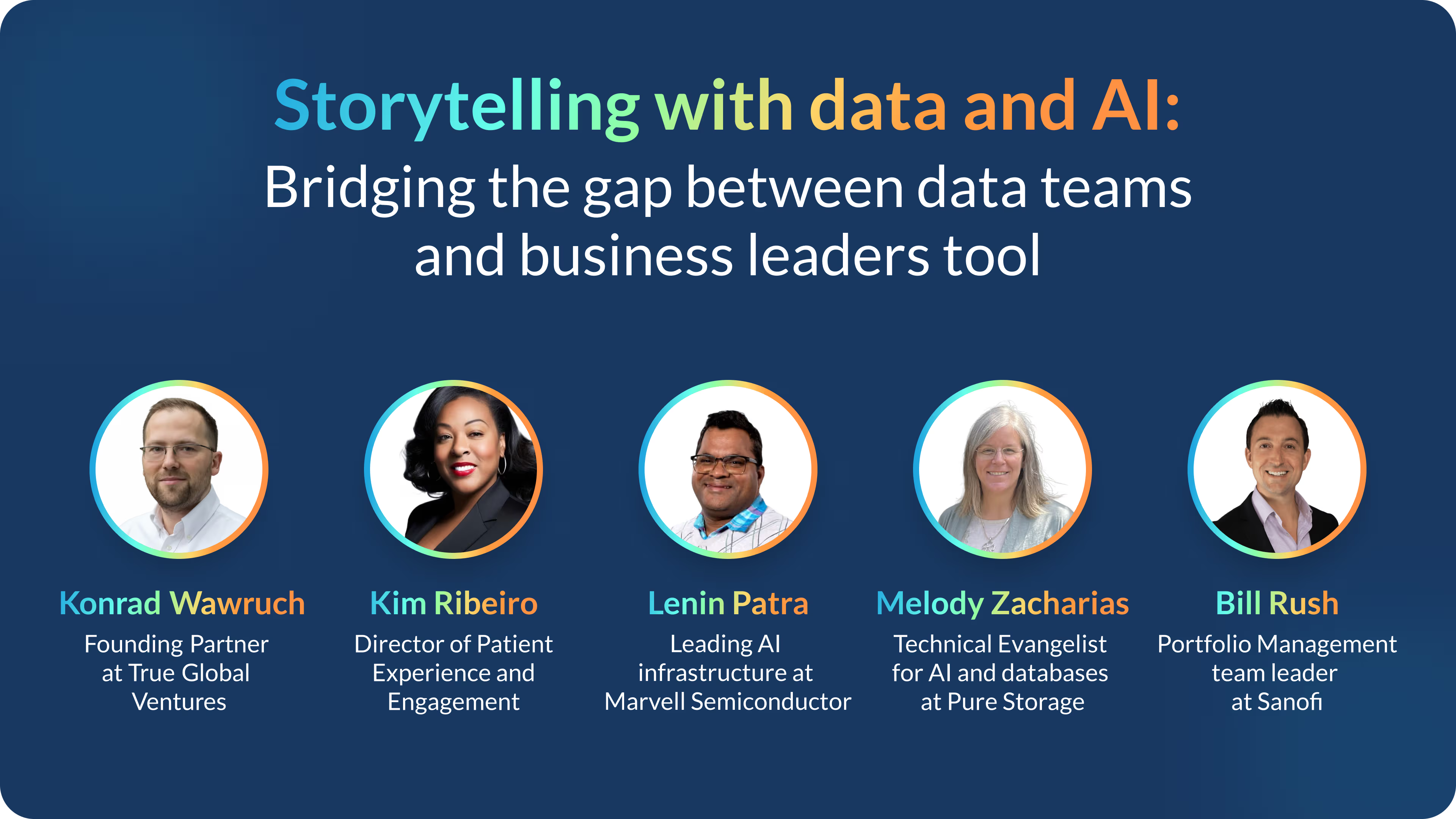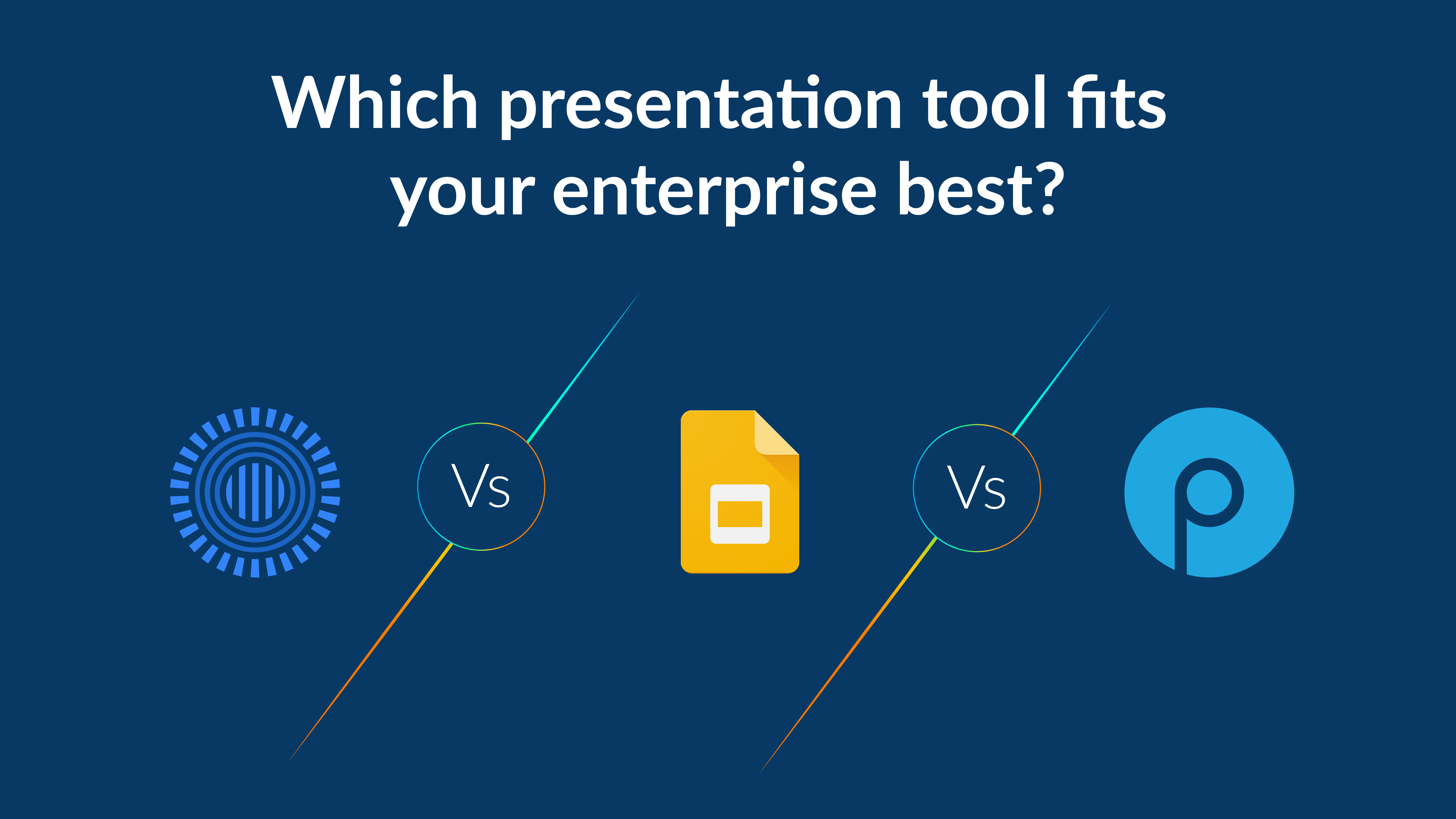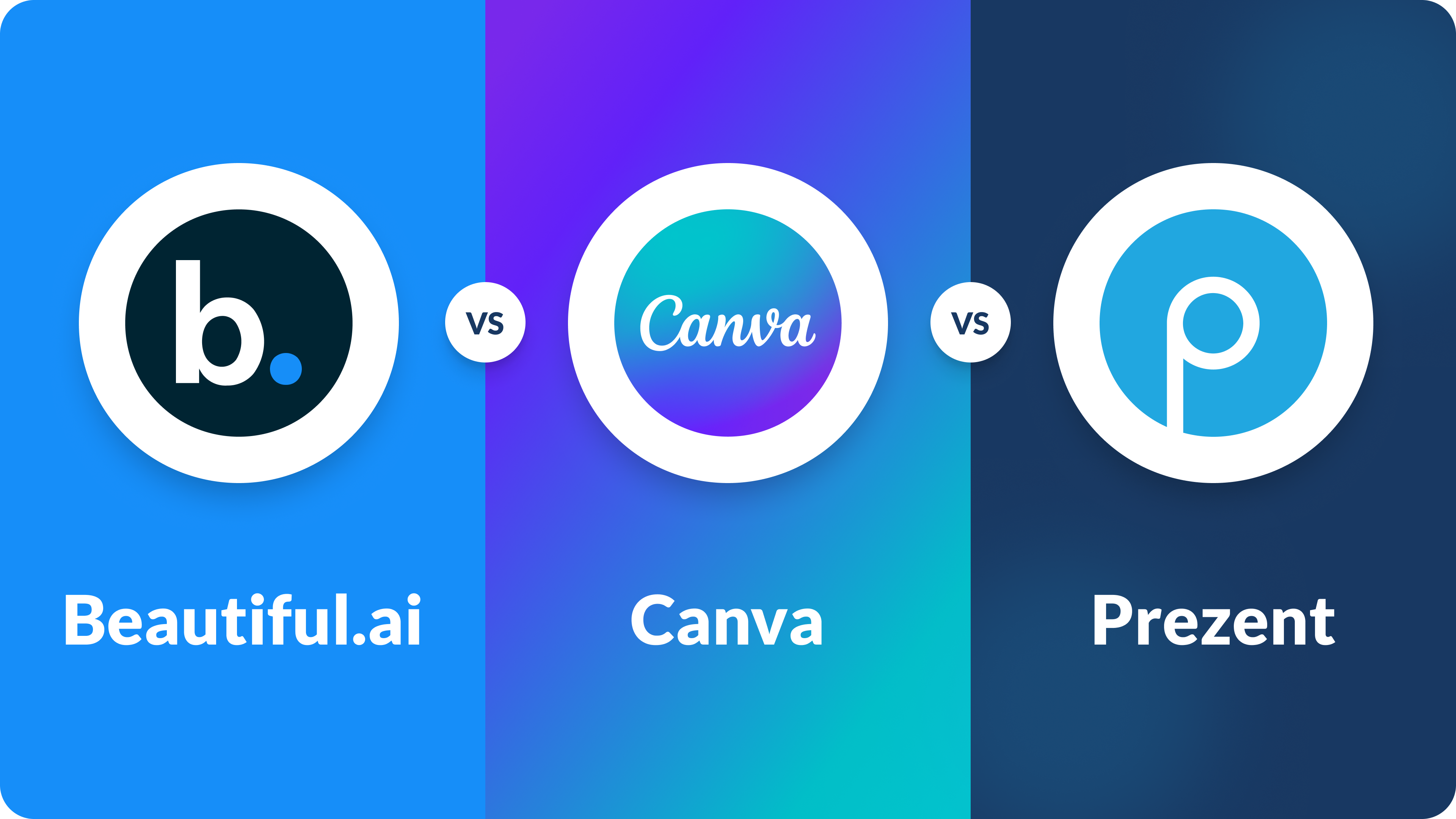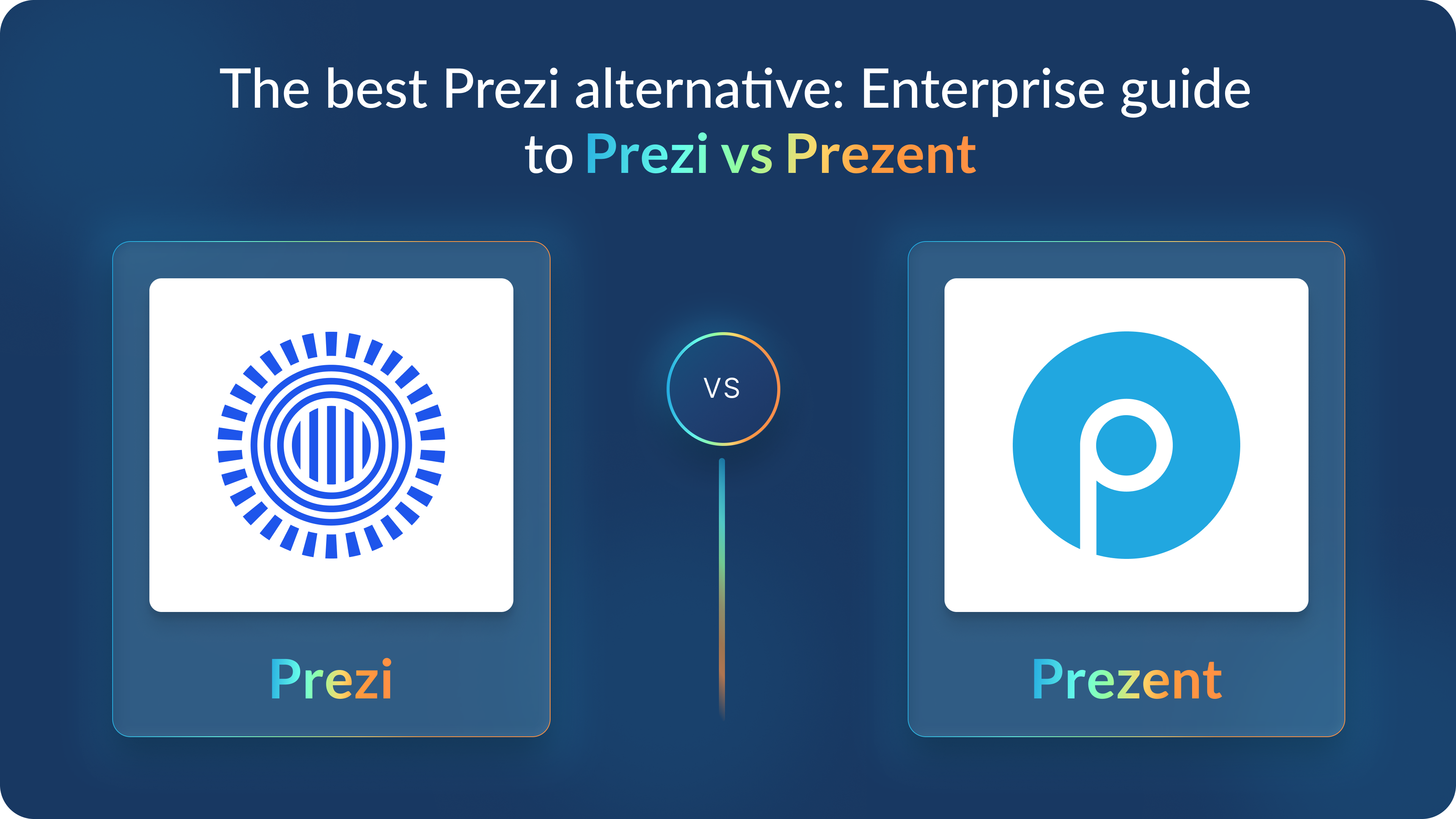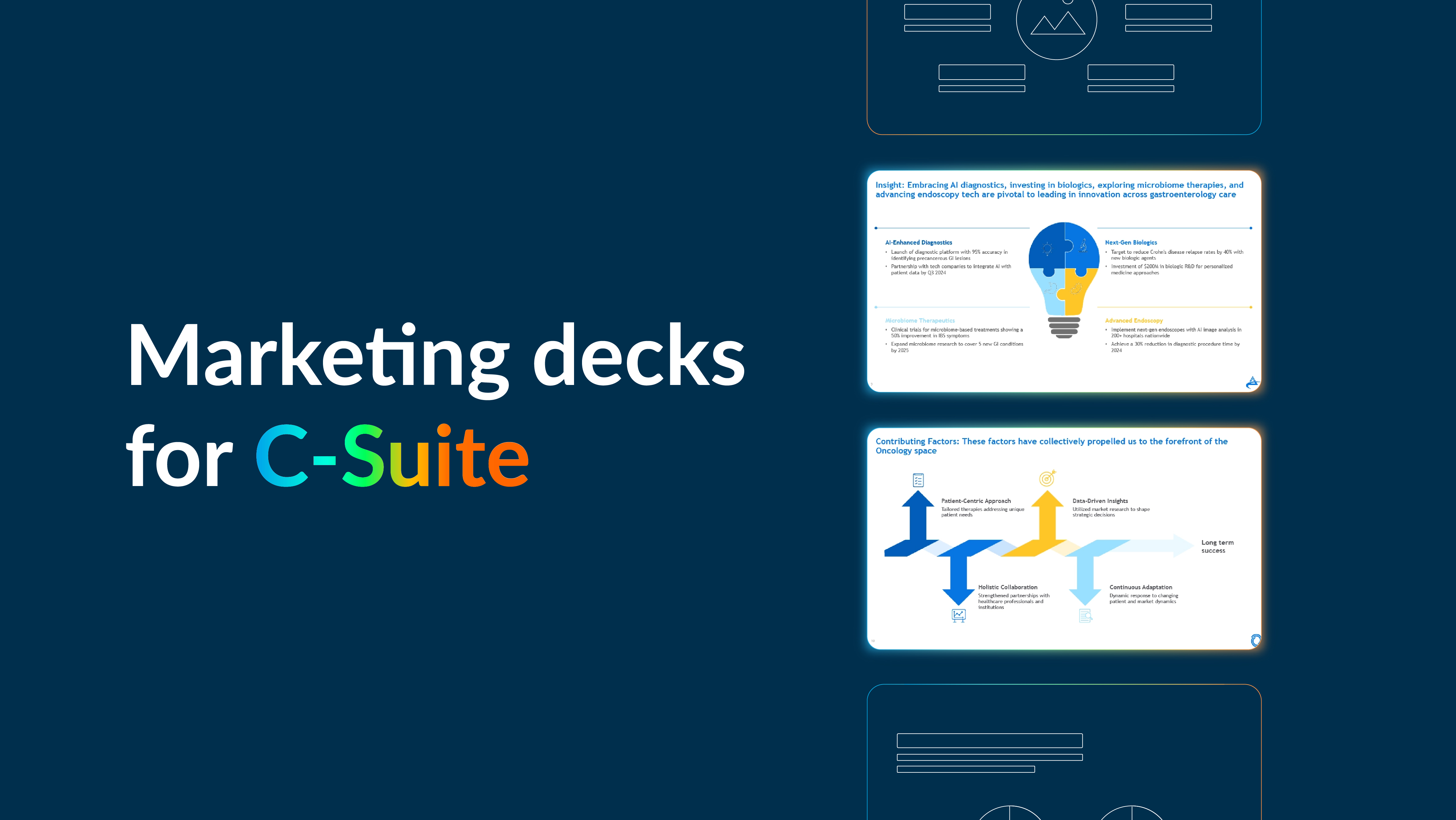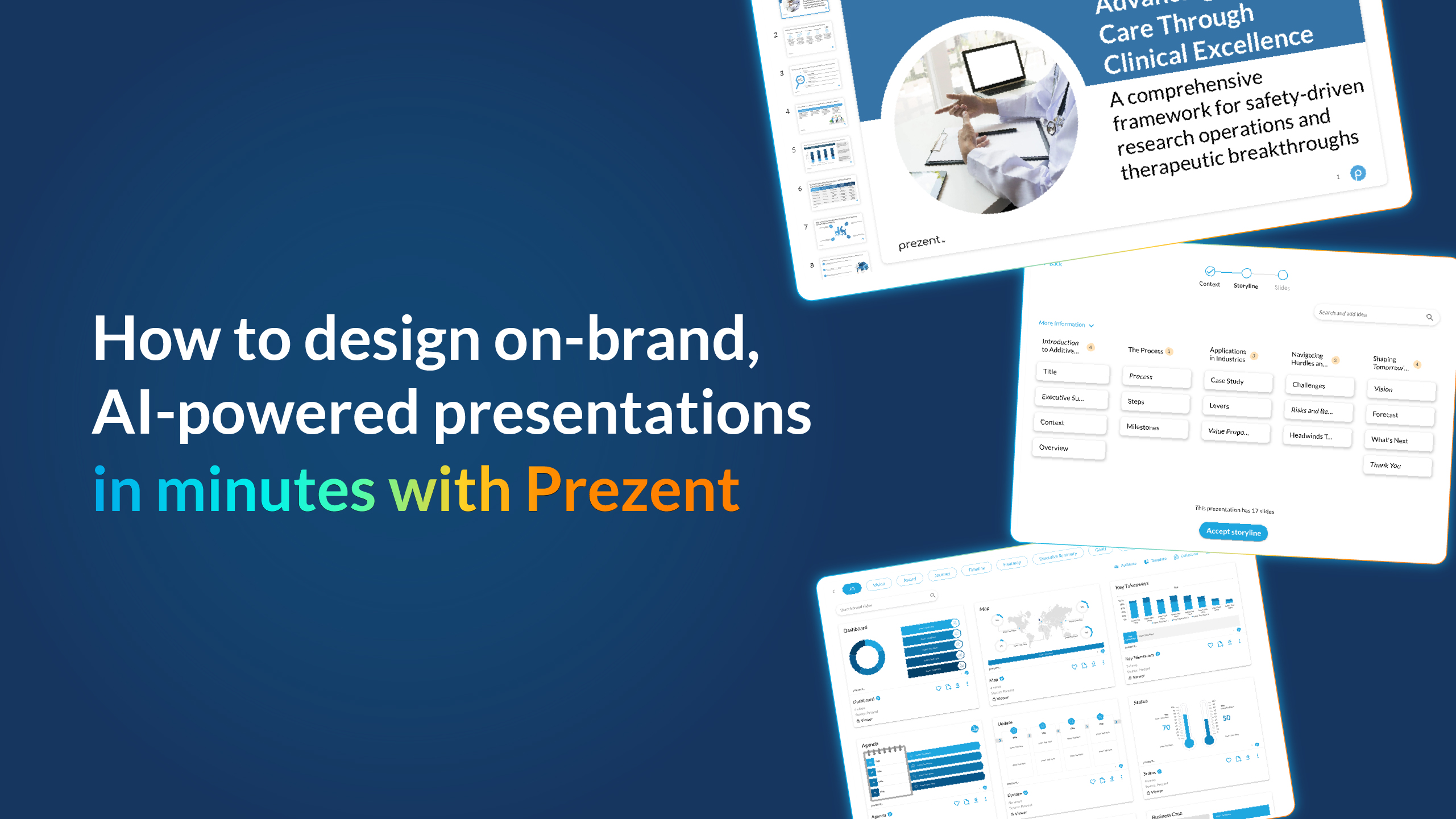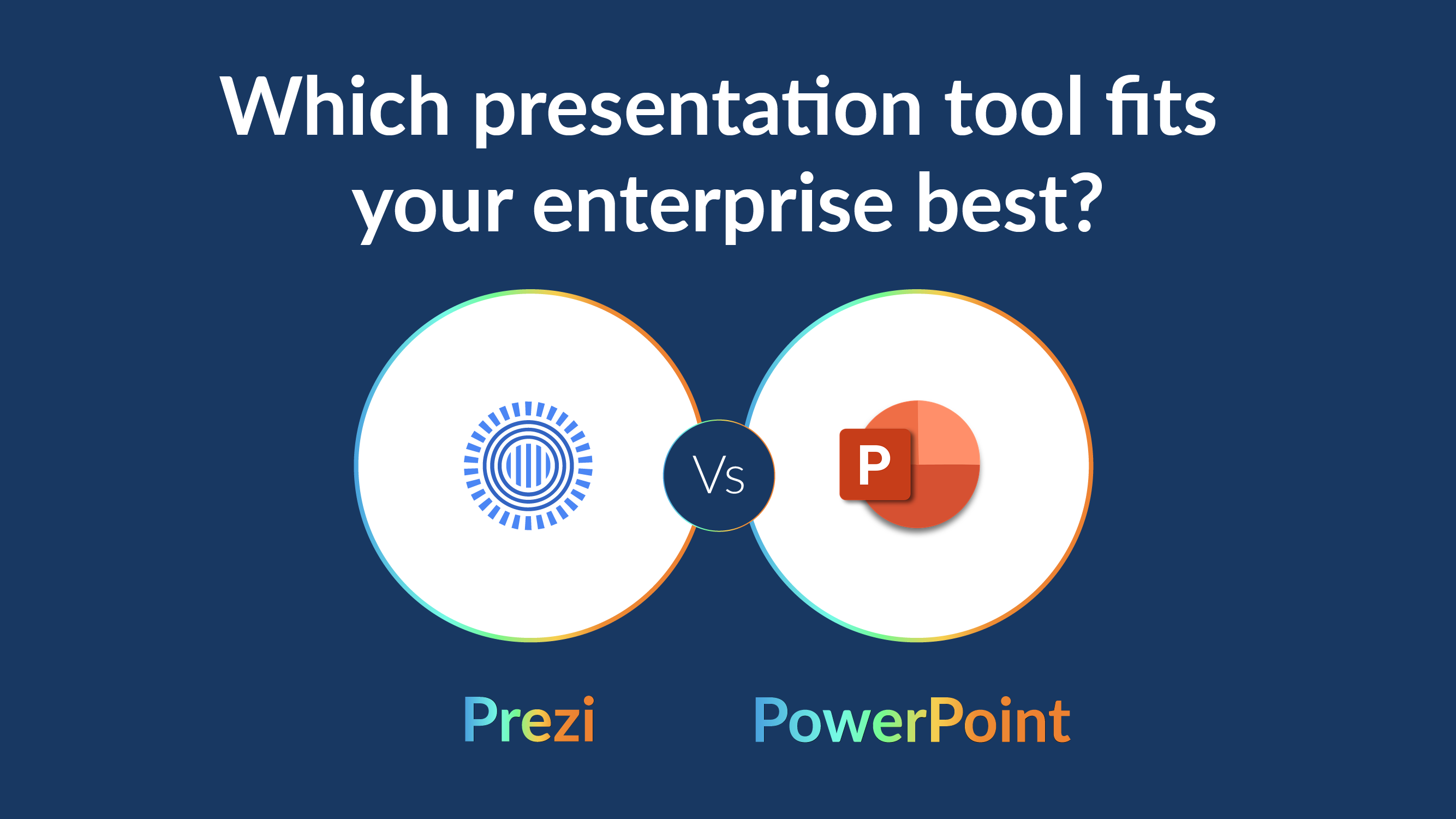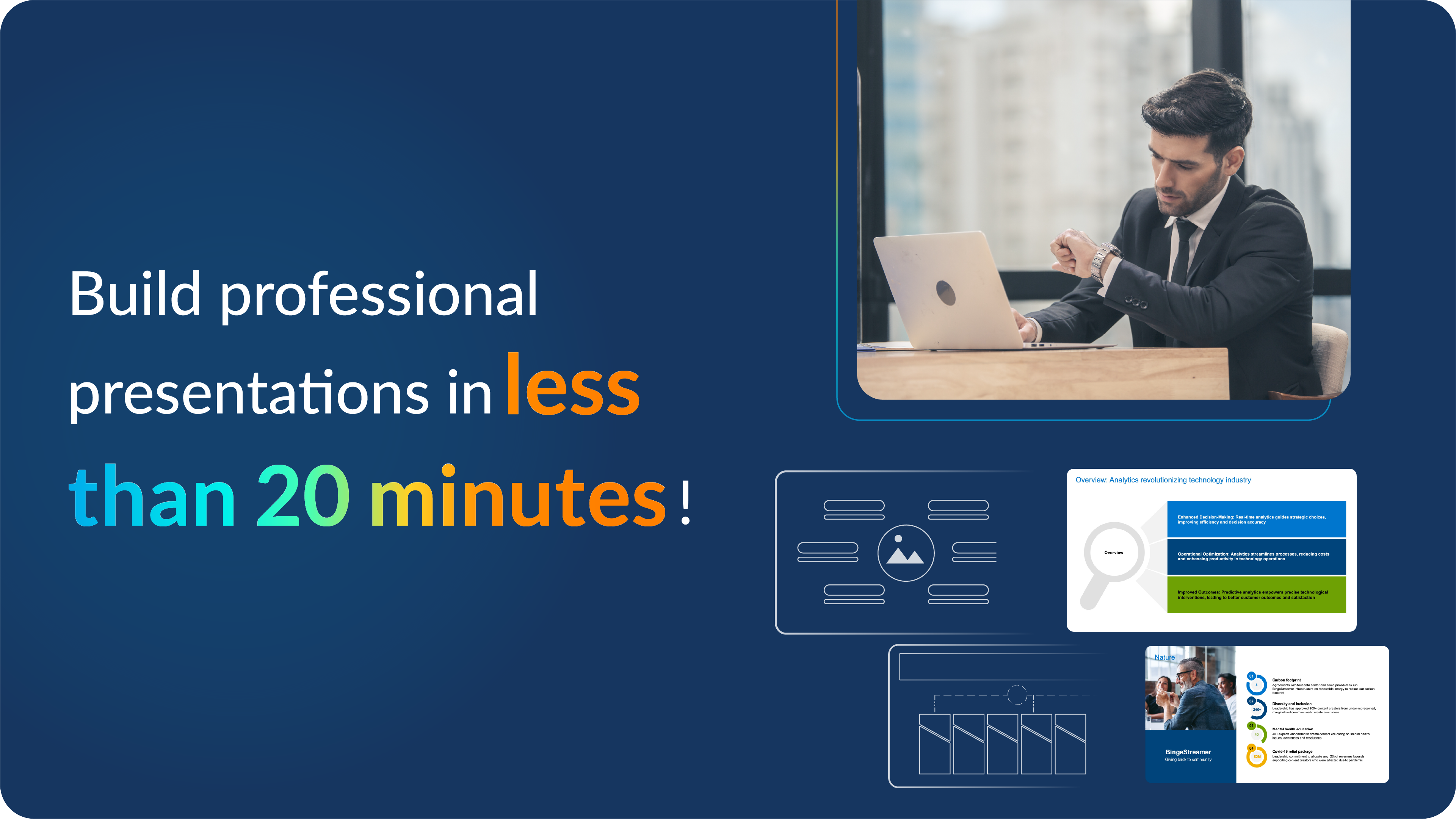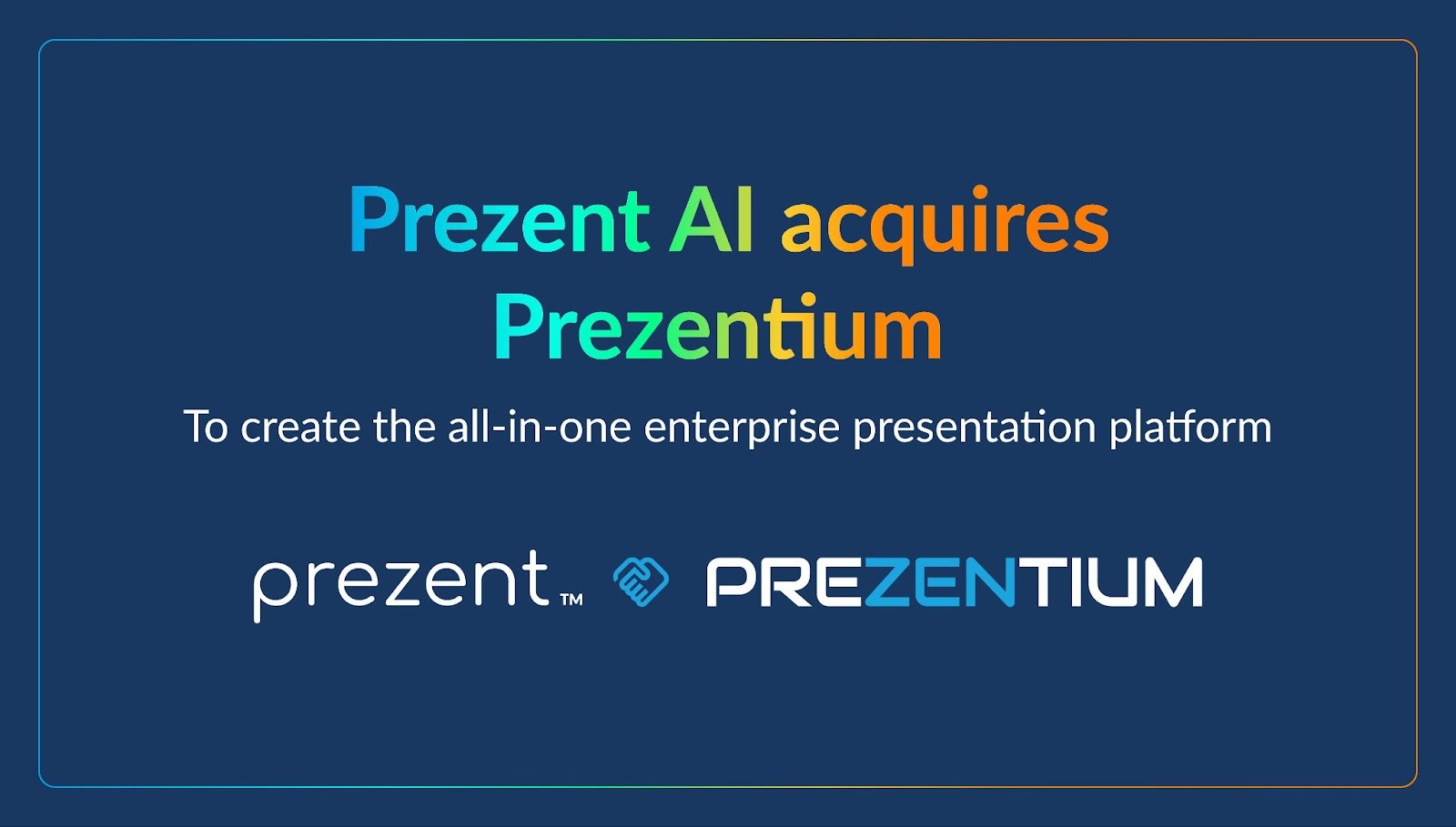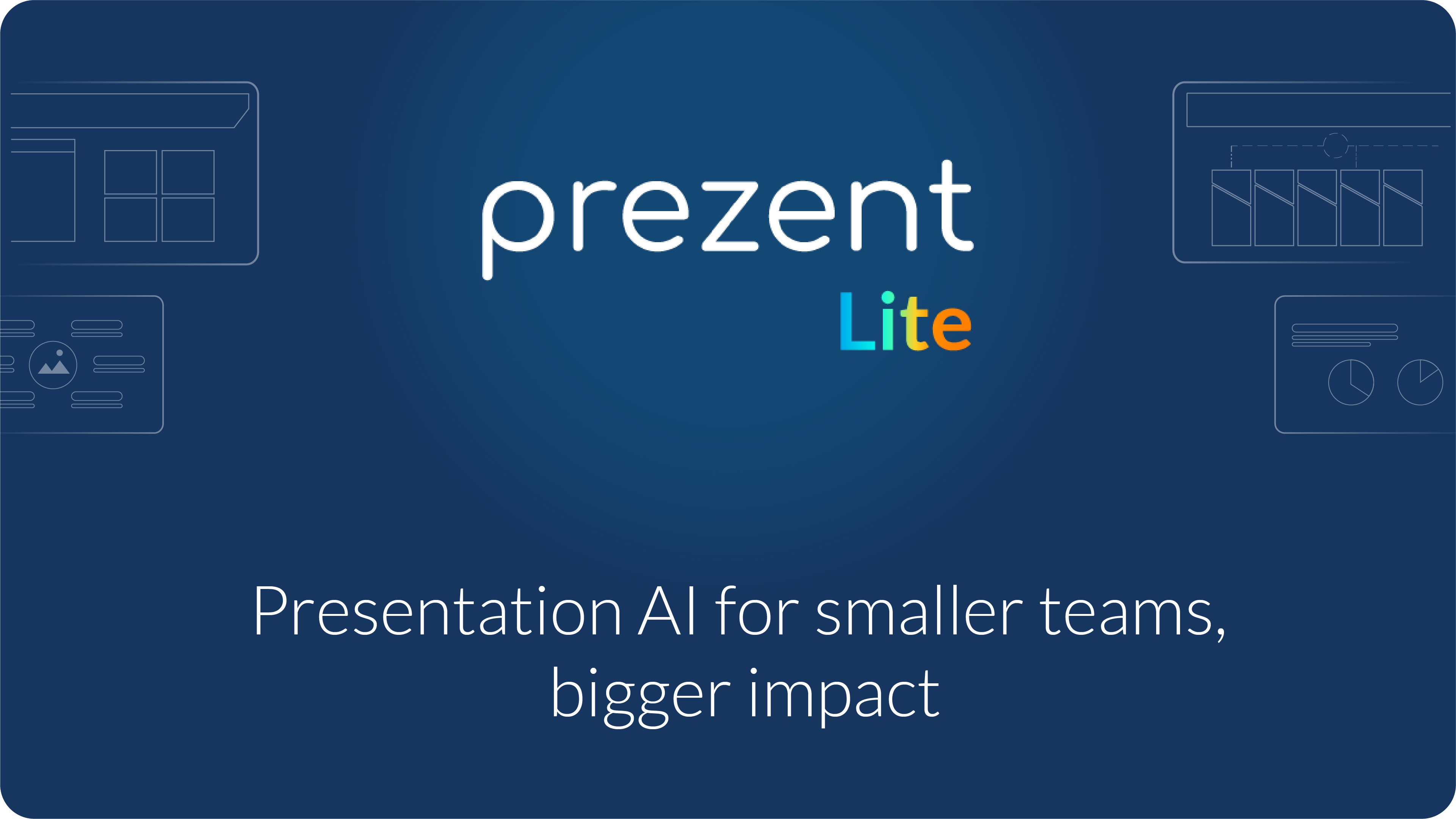Stakeholder communication: How do you influence your stakeholders in your next presentation?

Stakeholder communication is very important for effective leadership. To earn trust and drive engagement, executives must move beyond generic updates and embrace strategic messaging tailored to stakeholders’ expectations. This involves understanding their priorities, presenting clear data-driven insights, and crafting narratives that resonate on a personal level. Engaging stakeholders actively during discussions fosters trust, addresses concerns, and transforms skepticism into collaboration.
What is Stakeholder Communication?
Stakeholder communication is the process of sharing important information with people who are affected by or have an interest in a project, company, or decision, also known as stakeholders
Whether engaging internal teams or external partners, the goal is to ensure everyone understands the objectives and feels their needs are recognized. Effective stakeholder communication minimizes misunderstandings, resolves conflicts, and secures support for decisions, paving the way for seamless progress. It is not just about transmitting information—it requires active listening, adaptability, and a strategic approach to influence outcomes and create long-term value. By mastering this process, leaders can turn challenges into opportunities and transform buy-in into collective success.
Example: Cisco demonstrates its commitment to diversity and inclusion through clear and impactful stakeholder communication. Its "Conscious Culture" initiative fosters an inclusive workplace, ensuring employees feel respected and valued. By setting measurable goals and transparently sharing progress, Cisco builds trust and aligns its global network with the vision of an inclusive future.
Benefits of stakeholder communication
Effective stakeholder communication serves as the bridge between ideas and action. It ensures that every voice is heard, every concern is addressed, and every collective goal is achieved.
Let’s look at some key benefits of effective stakeholder communication:
- Builds trust: Transparent and consistent communication helps stakeholders feel respected and valued. When organizations follow through on their promises and maintain open channels of communication, they reinforce stakeholder confidence and foster long-term loyalty.
- Aligns interests: By understanding the unique perspectives of stakeholders and aligning their goals with organizational objectives, communication creates a sense of shared purpose. This ensures that all efforts are unified and reduces the risk of conflicting priorities.
- Improves decision-making: Engaged stakeholders bring diverse viewpoints and expertise to the table. Effective communication facilitates informed discussions and collaborative problem-solving, leading to better decisions.
- Minimizes conflicts: Open and proactive communication helps identify potential misunderstandings before they escalate. It also ensures that stakeholders feel heard, which reduces frustration and creates a collaborative atmosphere for resolving disputes.
- Enhances reputation: Organizations that prioritize clear and ethical communication are viewed as credible, responsible, and transparent. This not only boosts relationships with existing stakeholders but also attracts new partnerships and enhances public perception.
- Promotes accountability: Regular updates and progress reports hold both organizations and stakeholders accountable. It ensures alignment with commitments and builds a culture of mutual respect and responsibility.
Stakeholder communication strategy: Tactics for top-level impact
As stakeholders grow more diverse and informed, leaders need to use clear, strategic communication that speaks to different needs and priorities
1. Understand your stakeholders: Stakeholders are multidimensional, driven by diverse motivations, personalities, and biases. To engage effectively, move beyond just demographics and tap into behavioral patterns. Generic messaging disconnects stakeholders. You must thoroughly understand their priorities and tailor your communication accordingly. Tools like the Stakeholder Mapping Matrix classify stakeholders by their power and interest levels, helping you tailor your approach.
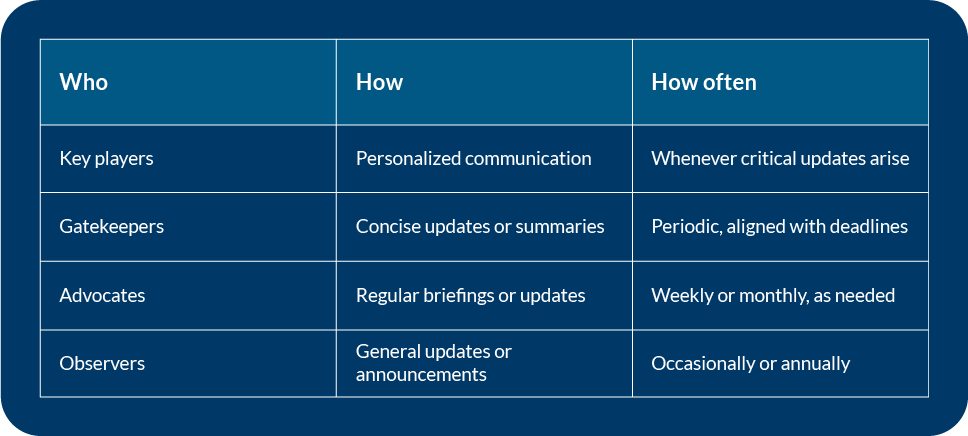
2. Communication channel: Stakeholders process information differently. They expect communication that is timely, relevant, and delivered via channels that suit their preferences. This is why selecting the proper channels plays an important role. The key to selecting the right channel lies in understanding your stakeholders during the analysis phase. Consider:
- Where do they prefer to receive communication
- What level of detail do they expect on different channels?
- How often would they like to receive updates?
By mapping these factors, you can create a targeted communication strategy that ensures stakeholders remain informed, engaged, and valued.
Here’s how various channels can be tailored to meet different stakeholder needs:
- Email: Emails are ideal for longer, more detailed updates or formal communication. They are especially useful for stakeholders who appreciate having comprehensive information that they can refer back to later.
- Presentations: Presentations are a powerful tool for delivering impactful messages during meetings, events, or stakeholder gatherings. They allow you to use visuals, data, and storytelling to engage stakeholders effectively. For example:
- Host a presentation to share project milestones, challenges, and future plans with key players and gatekeepers.
- Use presentations in team meetings to align employees with the organization’s vision, empowering them with clarity and inspiration.
Use Prezent, an AI-driven platform crafted to streamline the creation of impactful presentations. It helps you develop presentations that align perfectly with your audience and the specific situation, saving you valuable time. With Prezent, you can focus on what’s important while the platform handles everything from brand design to compelling content. Presentations are ready within minutes, allowing you to work smarter and faster. Its capabilities make it an invaluable tool for enhancing stakeholder communication, ensuring your presentations resonate with diverse audiences effectively.
- Phone calls or video meetings: These channels are perfect for personalized discussions, especially with key stakeholders who require a deeper understanding or need to voice concerns. Direct conversations build trust and allow for real-time problem-solving.
- Social media: Social media platforms are great for sharing quick updates with a broader audience. They are beneficial for engaging observers and building your public image.
- Direct messaging platforms: These are ideal for internal communication, especially with employees and contractors. Tools like Slack or Microsoft Teams facilitate real-time updates and discussions.
How to influence stakeholders in presentations?
Presentations are not just about slides—they're performances that transform curiosity into action. Presentations must combine emotional impact, logical structure, and active engagement to resonate with stakeholders. Here’s how you can raise the bar:
1. Know your audience: The success of your presentation begins with understanding the people you're addressing. Stakeholders vary in their interests, priorities, and decision-making processes, so your content must be tailored to resonate with them. Here's how to approach it:
- Identify stakeholder goals: Understand what matters most to each stakeholder group. For investors, it might be revenue growth and market trends; for regulators, compliance and ethics; for employees, opportunities for empowerment and career progression.
- Assess decision-making style: Some stakeholders prefer data-driven insights, while others lean toward visionary storytelling. Adapt your approach to suit their preferences.
A well-prepared audience analysis ensures your presentation feels personalized and relevant.
2. Adapt to their communication style: One-size-fits-all presentations often fail to make an impact. To truly influence stakeholders, it's essential to communicate in ways that reflect their style. For example:
- Formal stakeholders expect professionalism. Use a structured, data-driven approach supported by precise visuals such as charts or analytics, and maintain a clear, authoritative tone.
- Engaged stakeholders prefer a more conversational tone. Use storytelling techniques.
Prezent offers a unique feature called Communication Fingerprint, designed to tackle stakeholder communication challenges at an enterprise level. This feature helps you identify the personality and communication style of each stakeholder—such as whether they prefer concise summaries or data-heavy insights—so you can tailor presentations that match how they think and decide. Give it a try and experience the difference.
3. Use a constructive storyline for better engagement and retention: A presentation that feels like a compelling story will leave a lasting impression on stakeholders. Let’s structure your narrative:
- Begin with impact: Open with a strong introduction that frames the purpose and importance of the presentation. This could include a striking statistic, a visionary statement, or a brief anecdote to set the stage.
- Deliver key insights: Present your main points in a logical flow. For example, start with challenges or opportunities, move to proposed solutions, and conclude with actionable takeaways.
- End with a call to action: Summarize the discussion by tying everything back to stakeholder goals and clearly defining next steps. Using a storyline not only keeps stakeholders engaged but also makes it easier for them to remember key points.
Prezent provides access to over 1,000 pre-built storylines tailored for various business presentation scenarios. This feature saves time by quickly selecting a framework that fits your needs, enabling you to focus more on crafting impactful messages and strategies, rather than starting from scratch.
4. Avoid information overload: One of the most common pitfalls in presentations is overloading stakeholders with excessive information. Here’s how to simplify and make your message concise:
- Focus on essentials: Identify the three to five most important points you want your stakeholders to take away. Prioritize quality over quantity.
- Visualize: Use charts, graphs, or infographics to present detailed information in a digestible format.
- Limit slide content: Keep text concise and visually appealing with plenty of white space. Remember, less is more—clarity ensures that your stakeholders remain engaged and focused on your message.
Prezent offers editable templates for various business needs. Using the Template Converter feature, you can quickly align these templates with your brand for professional presentations. They are efficient and customizable.
5. Open the forum for Q&A and discussion: Stakeholder presentations should be interactive, not one-sided. Providing opportunities for Q&A and discussions demonstrates transparency and builds trust. Here’s how to make the most of this phase:
- Create time for interaction: Dedicate a portion of the presentation to audience questions and feedback. Invite them to express their thoughts and contribute their ideas.
- Listen actively: Make stakeholders feel heard by responding thoughtfully to their queries or comments.
- Follow-up opportunities: Use Q&A sessions to identify areas for deeper discussion or collaboration after the presentation. Opening the forum ensures your stakeholders feel engaged and valued, fostering stronger connections and collaboration.
Conclusion
Clear and engaging communication isn’t just a skill—it’s a necessity for leaders who want to influence and stay relevant. Today's stakeholders expect more than passive updates; they want sharp, focused messaging that keeps them engaged and drives results. That’s where Prezent comes in. By blending data-driven insights, storytelling, and customized communication, Prezent helps executives create impactful presentations tailored to diverse audiences.
Transform the way you engage with stakeholders and take control of the conversation with Prezent. Try for free, or schedule a demo with us today!


